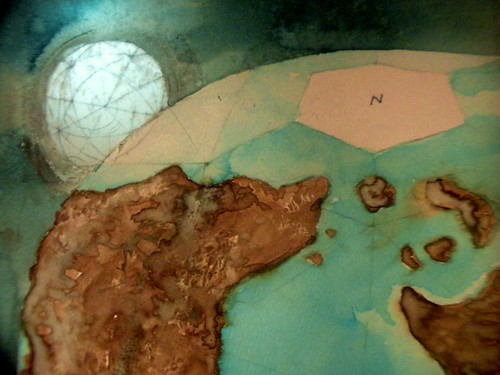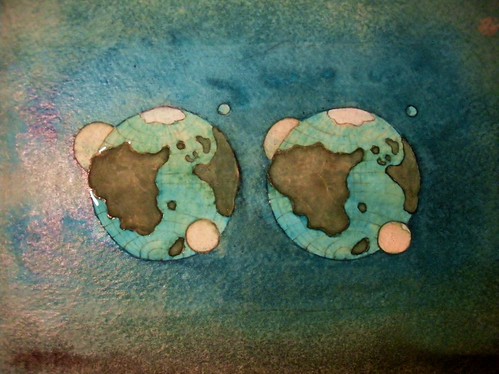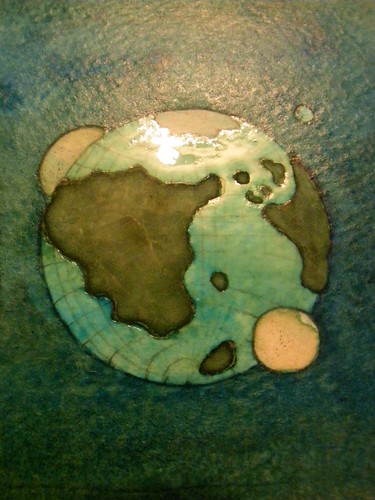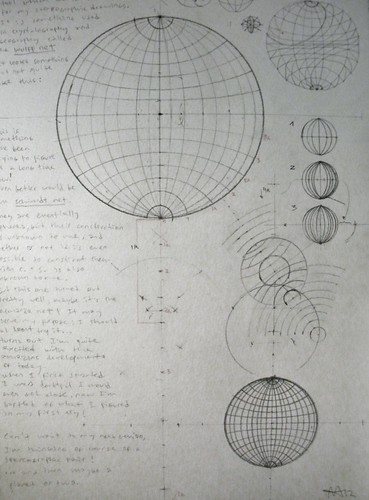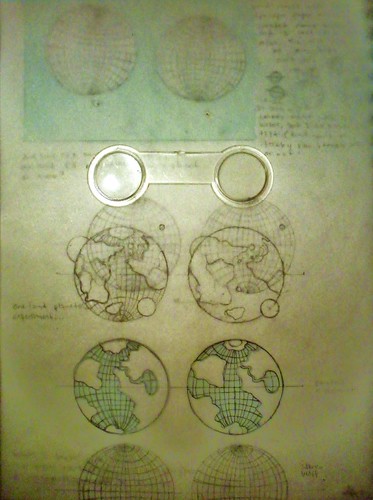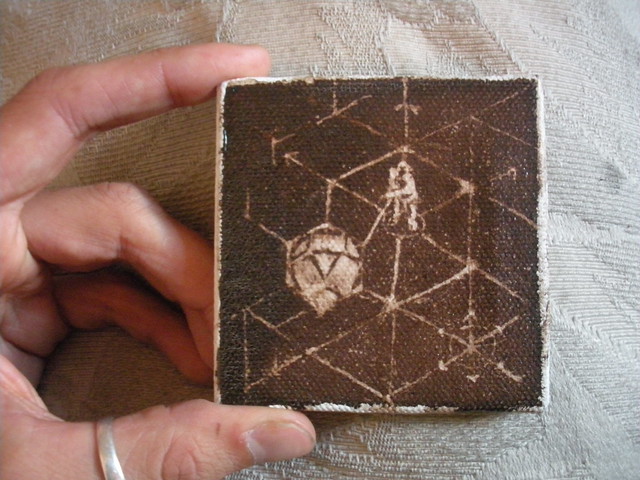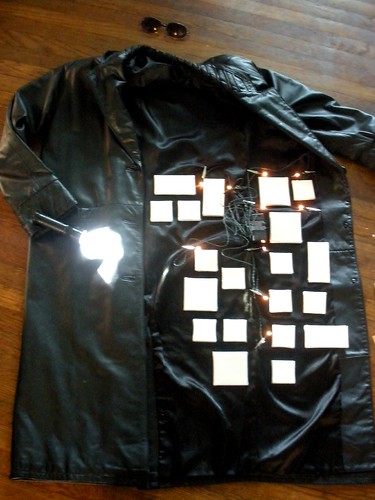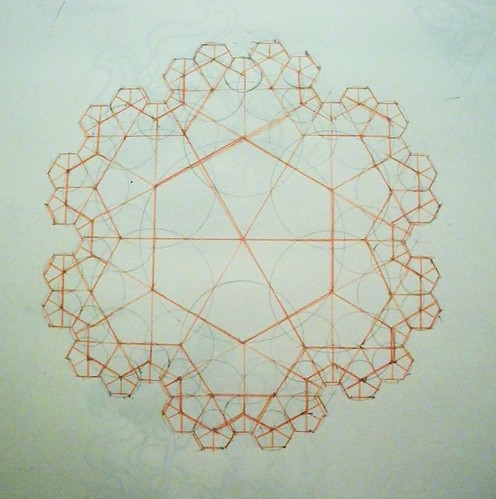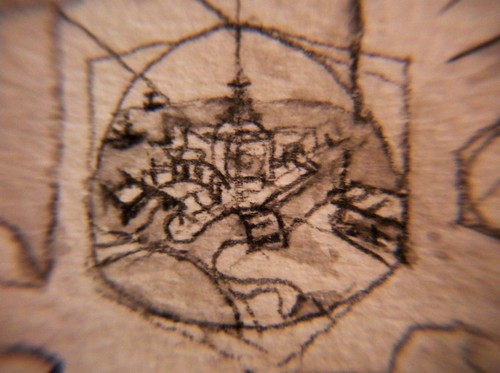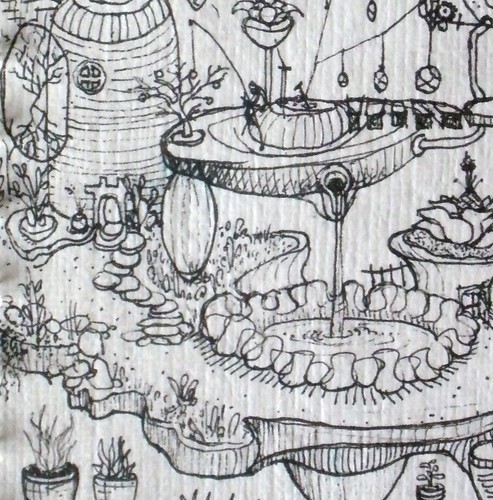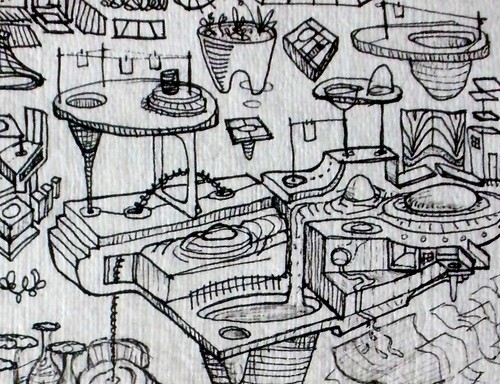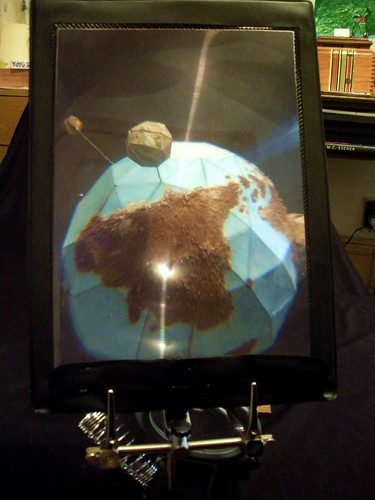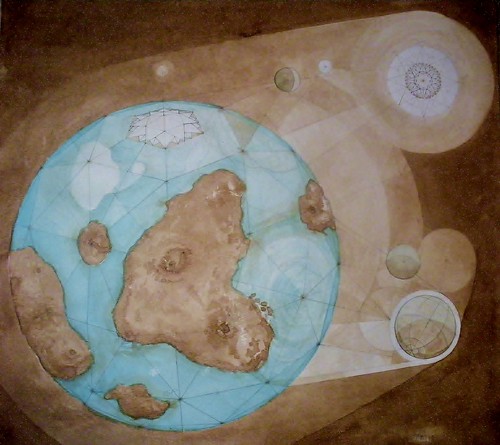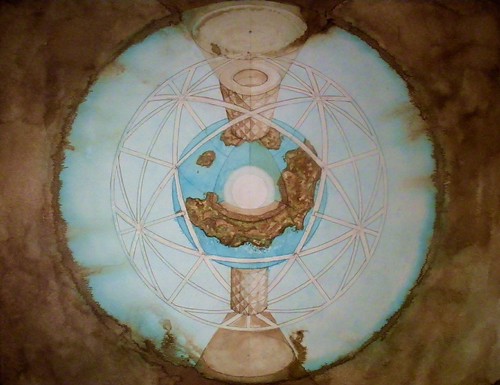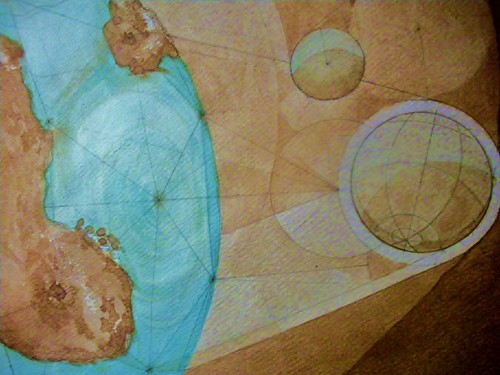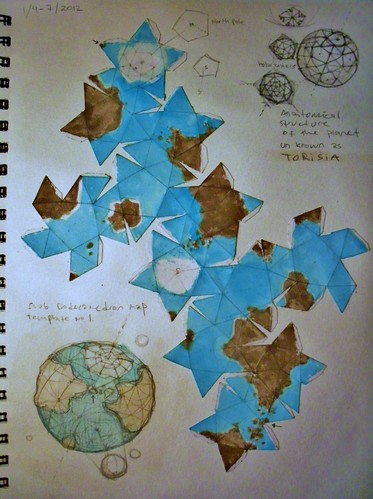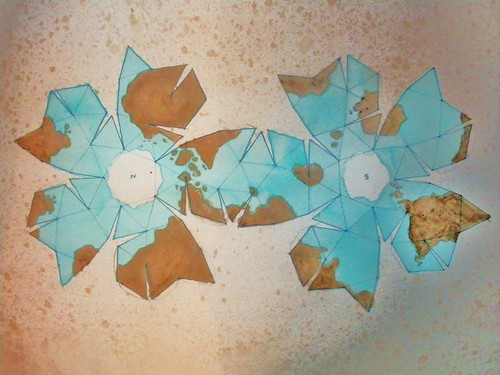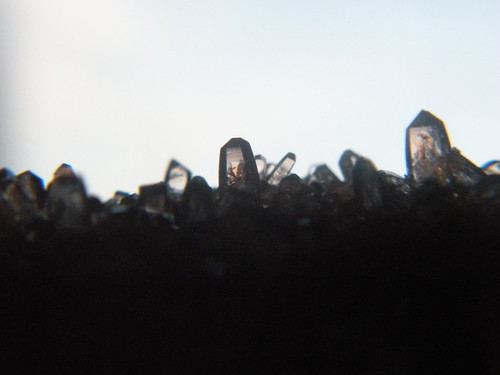Lai is a Torisian term to denote both Inside and Outside, merging the two as dual opposites of the same fundamental spatial relations. For example if one is "inside" a space, then the outside is described as Lai or "other space"(and vice versa.) Lai is also used to denote the transition or threshold between open or enclosed spatial areas. The boundary, however, between what is considered "in" and "out" is purposefully diffused in Torisian architecture. I regretfully still lack the technical ability to capture its complex contours.

Just as a newly-formed droplet of water is only transitioning from one state/form to another, Torisian structures are intended to be dynamic rather than fixed. As light permeates, heat is contained, or osmosis occurs within certain structures, so do minerals, plants and animals grow within them and waste/new sources are reconstituted to replenish and sustain the Atmosphere. Hence, natural elements such as water, light, wind, earth, heat, flora/fauna and processes such as genesis, growth, death and decay, are thoughfully harmonized -or aligned- with inanimate sources (stone/sand/glass, mineral/metal/salts, clay/soil/sedimets, fiber, wood, etc) and comprise a substantial part of the Torisian Craft and cosmological structure.
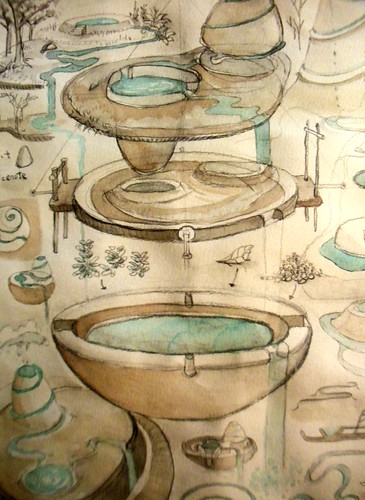
Due to the high Torisian regard for water, Torisian hydrolic technologies have evolved far beyond what I am equiped to understand. During a field study to better map a particular sector of self contained structures and their systemic relationship to Torisian "botanical medicine", I found myself looking closer and studying the Torisian aproach to waterways and liquid storage/disposal. Torisians have developed an elaborate science to extract and convert medicine, food and many other resources from plant, animal and mineral sources using deceptively simple, cyclical methods that in turn feed the living systems back. Some of these methods are self-explanatory, while others are still inexplicable.
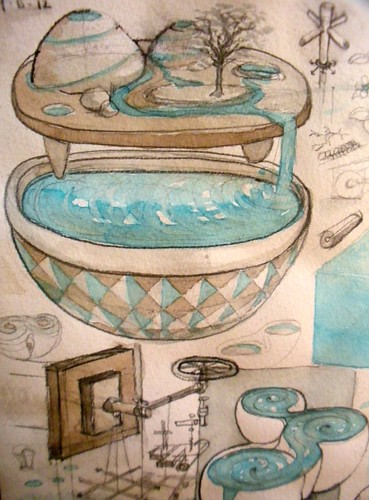
On a rainy day, as suggested by a local plumber, I entered a high-peak underground cave that acted as the center water catchment and filtration system for the network. Elaborate passages lead in-and-out of water chambers and ponds, connecting them through steps and ladders, bridges and floating docks. After following an underground river for a while, I came upon a waterfall in the shape of a flattened cube; a square sheet of thin water. I had the idea that perhaps I'd try and walk through it (granted I have official permission from the locals to explore the realm freely).
I went in through the waterfall, thru a hall, into a most strange chamber, part flooded but dry. I was greeted by plenty of daylight coming in, as if permeating in through the cave walls. In the center of the room, a strange conglomerated set of contraptions -and water- hovered before me, in a precarious-seeming state of kinetic balance. And so I came upon a most strange form of Torisian technical craft:
"The Reverse Plumbing of Liquid Cubes"
Of this science I know nothing, and I must say the locals stay pretty quiet on the matter themselves. As a new development, I am excited to look into it, but at the same time I now find it annoying and almost absurd. There is nothing in our materials science to account for how something like this could work. I should also explain that the English word "plumbing" is a literal yet inadequate translation for what Torisians regard as Plumbing, which is an ancient yet constantly updated technical craft involving the manipulation of liquid volumes.
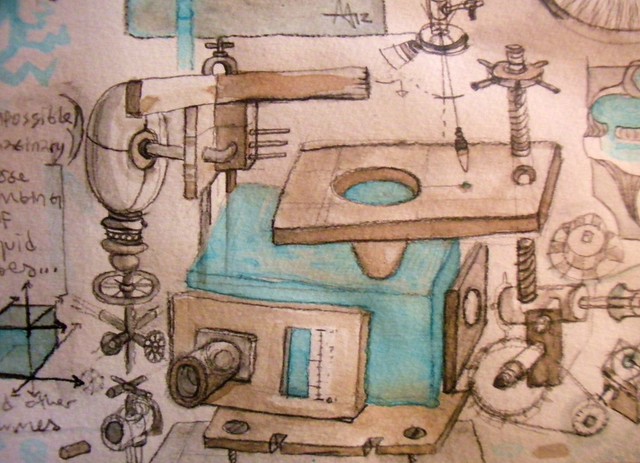
Over the course of a couple of weeks of study I came to the conclusion that The Reversing of Liquid Volumes is beyond me. As of now, I can only ask how can a liquid cube be consolidated to begin with? I mean, a cube of liquid water is a most puzzling sight, let alone understanding how to manipulate, or "reverse" it. I decided to stick to the basics and was lucky to speak briefly to a fidgety apprentice of "plumbing" about the basic compositional genesis of liquid solids.
Once inside his chamber, He held an irradescent white dust in one hand as he poured an equal part of water into it. Mixing with his index finger, he produced a homogenous transluscent gel, which he shaped into a pebble. He proceded to add small ammounts of water to it inserting a thin tube, in distinct but close intervals. I watched the pebble slowly become a large spherical droplet the size of an orange, somehow as if the water's surface tension had "stretched". For amusement, he continued to add water until the bubble bursted with a splash large enough to soak us both. I detected no smell or other chemical trace.
He further confided that the powder is a refined grain of
crystal sand extracted from the beaches of the crystal moon Zalfwonsia. This Crystal powder is said to contain large quantities of diatomic "crystallizations" that appear to house living organisms.
I recall during my first visit to Zalfwonsian beaches being astonished, running my fingers through the crystal sand and watching these large radiolarian-like spheres and granules magnetize and assemble themselves into dynamic and semi-stable alignments, as if mechanically animated, reacting to me. As other living species of Torisia, these diatomacious beings may be enlarged specimens of their younger Earthling diatom relatives, yet they are visibly responsive to stimuli such as interaction with other living creatures, atmospheric changes in light, temperature, etc (
compare to Earth Radiolarians.)
For a moment, kneeled upon the sand, I thought I glimpsed through the twirling forms, the shape of something in the likeness of the
Axis Mundi.
...Or..
did I just imagine that?
AA12
